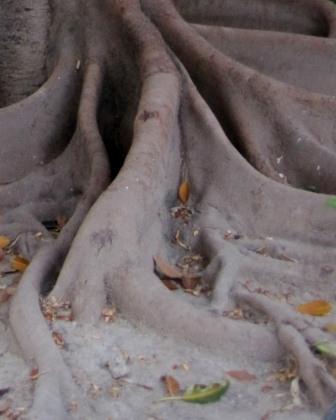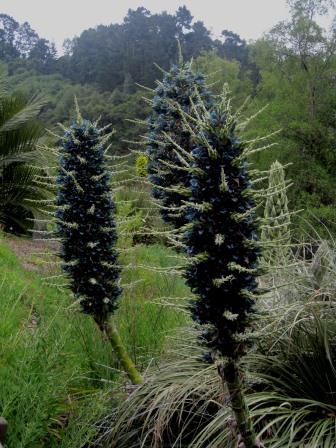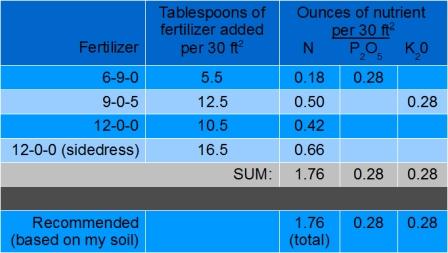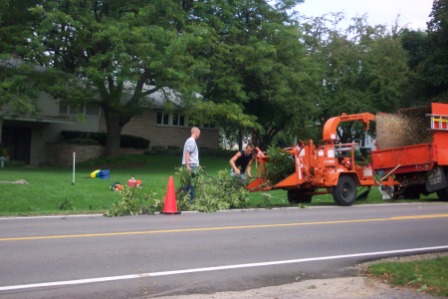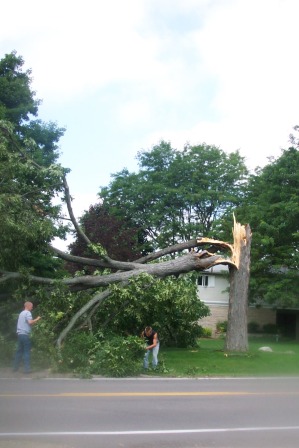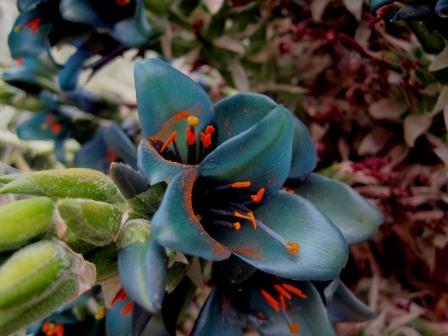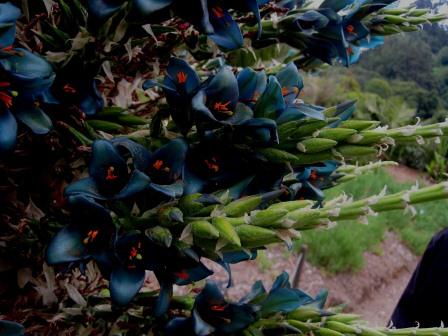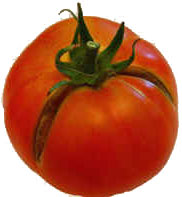Today I was reading a review of Amy Stewart’s new book Wicked Bugs and noticed the glee with which the reviewer noted that stings of various insects have been rated on a four point scale. Having read Amy’s book I can wholeheartedly recommend it, but in terms of the stings I thought, what the heck? Let’s see if I can impart some glee to our readers by taking a look at the pain that stings cause (I think it’s kind of like highbrow slap-stick). So here is a brief review of sting science over the years.
First of all, scientists have known for some time that the pain of an insect (or spider) sting is not necessarily correlated with the amount of damage which the sting causes, so scales that have been used to assess the pain of insect stings do not necessarily correlate with the amount of damage done by the sting. The stinging critter is not actually trying to kill the person which it stings (though stings may certainly kill smaller critters), rather, it’s trying to keep them away from itself and its family.
The first person in modern history to actually go to some trouble to figure out how badly a sting could hurt you was William Baerg who, from what I can tell, was dared by a colleague to get himself bitten by a black widow around 1923. He did so, but since the bite didn’t hurt too badly he had the spider bite him again the next day. After this second bite he recorded his reactions – including difficulty in breathing and talking. Apparently a masochist, Baerg continued to allow himself to be stung by scorpions, centipedes, and tarantulas — supposedly in the name of science. And here I’ve gotta say that, as a scientist, you need to set some limits. Actually the stings must not have affected Baerg too badly – he lived from 1885 to 1980.
Following in the footsteps of Dr Baerg, another scientist, Justin Schmidt, has been sting by a tremendous variety of venomous insects (I’ve heard that it’s over 100 different species) and has actually developed a scale to sort out which hurts the worst. The scale runs from 1-4 with a 4 being “debilitating” and 1 being a “spark”. Apparently he never gets stung on purpose – but dang, you can’t be trying too hard to avoid the stings if you’ve got that many species on your “been there done that” list.
Dr. Schmidt published his first paper on the painfulness of stings in the early 1980s. His work was soon followed by a paper published by Christopher Starr. The name of this paper was “A simple pain scale for field comparison of Hymenopteran stings”. This paper includes a list of insects and the level of pain which they cause with their sting – basically following Schmidt’s work – but Starr makes sure that he has at least two data points before he lists the pain which the insect causes. He also makes a point of noting when the insect was induced to sting instead of having the sting just happen. According to his chart he was stung by 34 (if I counted right) different insects, and of those stings only 6 were induced. Obviously this guy didn’t take his work as seriously as Baerg or Schmidt!
Most of the stings that we’re accustomed to – bees and wasps – are around a 2. There are a few at a level of 4 – probably the most notable is the bullet ant.
Starr ends the conclusion section of the article by listing 6 important rules for grading stings – I found them fascinating – so here they are:
- Reports should only be made by adult observers in good health.
- Disregard all stings accompanied by allergic reactions.
- Reports should not come from observers who are rarely stung. This is to avoid mixing pain and novelty.
- Reports should be based only on events in which a very small number of stings are received at once.
- A ranking should never be based on just one sting. Although individual social wasps probably sting rarely (I suspect that most never do), so that significant day-to-day variation in venom volume is unlikely, uncompleted or grazing stings are uncommon. It is not known to what extent the regular use of the stinger by solitary wasps causes variation in venom delivery.
- Reports on stings received through free attack by the insect (volunteer stings) are preferable to those deliberately induced by holding her between the fingers or against the skin (induced stings). We are not always so fortunate, though, to be attacked by those species of special interest……[deleted for brevity]

